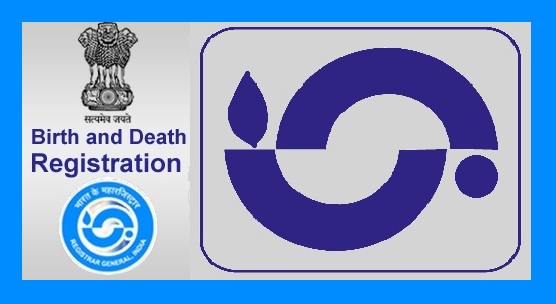
Unlike Census, ‘’Registration of vital events’’ maintains a continuous record of demographic trends.
Definition (UN): ‘legal registration, statistical recording and reporting of the occurrence of and the collection, compilation, presentation, analysis and distribution of statistics pertaining to vital events’
Vital events include:
a. Live births
b. Deaths
c. Fetal deaths
d. Marriage
e. Divorce
f. Adoptions
g. Legitimations
h. Recognitions
i. Annulments and
j. Legal separations
If registration of vital events is complete and accurate, it can serve as a reliable source of health information.
In India, the civil registration system mandates registration of births, deaths and still births.
Vital events registration in India
In 1873, GOI passed the ‘’Births, Deaths and Marriages Registration Act’’. This provided only for voluntary registration.
Subsequently, individual States like TN, Karnataka and Assam passed their own Acts
The Vital event registration in India is unreliable. It lacks:
• Accuracy
• Timeliness
• Completeness and
• Coverage
Also there is lack of uniformity in the collection, compilation and transmission of data, which is different for rural and urban areas and multiple registration agencies (e.g. health agency, panchayat agency, police agency and revenue agency)
In 1960, Vital statistics was transferred to the office of the Registrar General, India from the Director General of Health services. Thus, population census and vital statistics, including civil registration, came under one office
a. The Central Births and Deaths Registration Act, 1969
This was promulgated with a goal to improve the civil registration system
The Act is in force since 1 April, 1970
The Act provides for compulsory registration of births and deaths throughout the country and
Compilation of vital statistics in the States so as to ensure uniformity and comparability of data
The Act fixes the responsibility for reporting births and deaths
While the heads of the households have the responsibility to report events occurring in their households, the heads of hospitals, nursing homes, hotels, jails or dhamashalas are to report events occurring in such institutions to the concerning Registrar
The time limit for registering the event of births and that of deaths is 21 days uniformly all over India.
In case of default, a late fee can be levied.
The Chief Registrars of Births & Deaths guide in the States and Union Territories, whereas the central authority is the Registrar General of India.
b. Lay reporting
In order to complement the progress in the development of a comprehensive vital registration system, some countries have attempted to employ first line health workers e.g. village health guides, to record births and deaths in the community.
In fact, one of the important functions of a primary health worker is to collect and record data on vital events in his or her community
Definition of Lay Reporting: ‘the collection of information, its use, and its transmission to other levels of the health system by non-professional health workers’
Many countries have adopted this approach to obtain information on vital statistics
‘Demographic Survey’ is another approach but not a satisfactory one. It is best regarded as a temporary substitute for some kind of vital events registration system
References:
1. Ministry of Statistics and Programme Implementation, GOI, 2010; Available at: http://mospi.nic.in/Mospi_New/upload/vital_stat_2010/topic.pdf downloaded on 3 July 2016
2. Park’s Textbook of Preventive and Social Medicine
